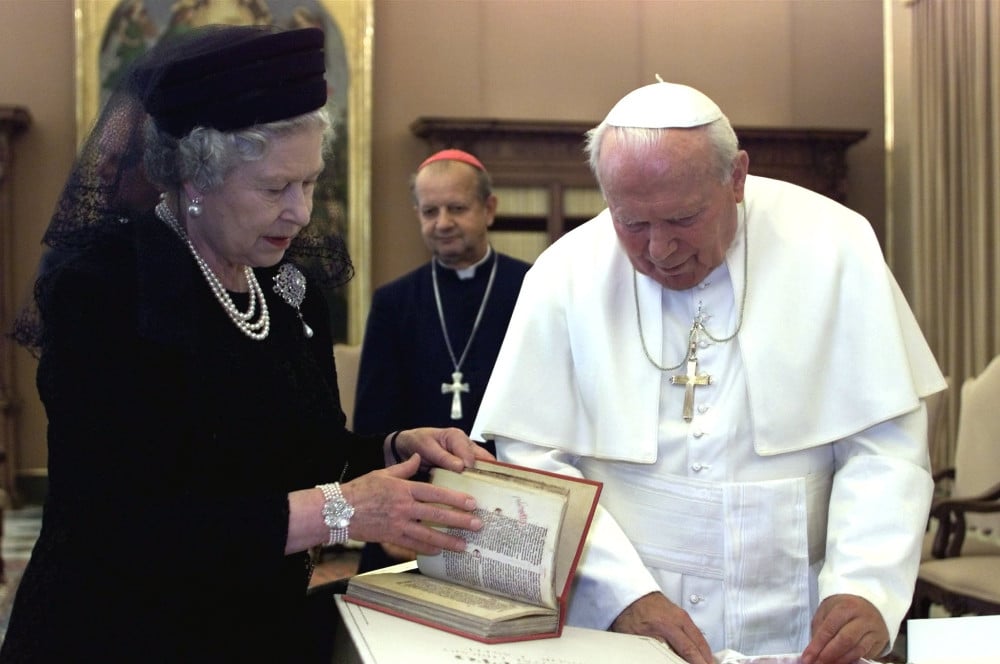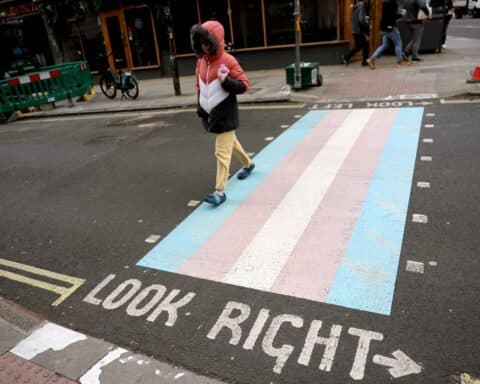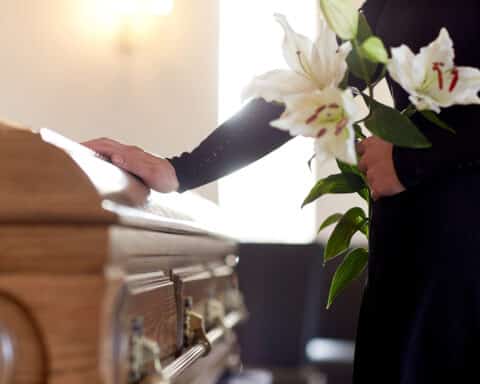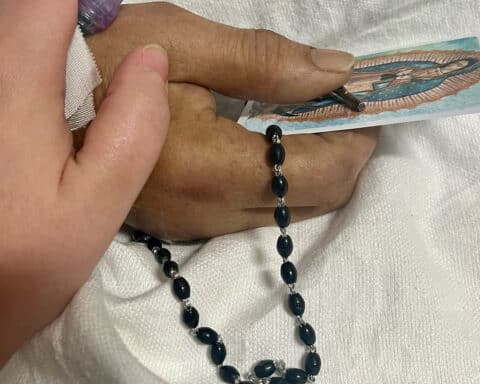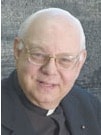
Among officials greeting her was a member of Parliament, Tony Abbott, coincidentally a Catholic, who was to serve as prime minister from 2013 to 2015. Admitting that Elizabeth lived in London, 12,000 miles distant from Australia, Abbott, looking at the queen, declared, “Ma’am, you are one of us.” She obviously was delighted, affirmed that she was doing her job well.
Millions around the world regarded Elizabeth II as “one of them,” many not living in the 14 countries, from New Zealand to Jamaica, which recognized her as their queen. Politicians from Ronald Reagan to Margaret Thatcher to Charles de Gaulle would have given their right arms to have enjoyed the esteem accorded her for seven decades without interruption.
She represented what Tony Abbott on that occasion in Australia called the oldest continuing human institution in the world — second, as he noted, only to the papacy. But while her royal position put her on the world stage, recent recollections of her again and again noted her unqualified devotion to duty, never her wealth, interest in styles of clothing, lifestyle or holidays.
Accepting responsibility was drilled into her from the time that she first spoke a word, from her grandparents, King George V and Queen Mary, and from her parents, King George VI and Queen Elizabeth, all legends in themselves.
Once, Queen Mary took Elizabeth to a museum in London. When they arrived, a chauffeur opened the door and said to Elizabeth, as she stepped onto the curb, “Be careful, little lady.” Elizabeth snapped back, “I am not a little lady; I am a princess.” Queen Mary said, “This is true, and we hope that one day you will be a little lady.”
Elizabeth never forgot her grandmother’s lesson. Everyone is entitled to respect, even from royalty.
Culture still praises being responsible, but it is qualified in these times of “me, myself and I.” The late queen’s resistance to this new look at responsibility in large part made her the legend that she became.
Her late mother said that Elizabeth never experienced the carefree, hopeful world of being a teenager. Duty robbed Elizabeth of the usually happy times of youth. During the war, other adolescent girls in Britain enjoyed some good times, but to do her part, Elizabeth learned to be a mechanic and worked on cars and trucks. Once, when she was queen, it was said, her limousine suddenly stopped. The chauffeur and accompanying police had no clue. She told them to check the transmission. Her diagnosis hit the nail on the head.
The definition of responsibility in personal relationships changed, but not for her.
As a teenager, she fell in love with the young, dashing Prince Philip of Greece. The love never faded. They were married for over 60 years. If talk can be believed, it was not always a royal fairy tale. Philip was opinionated, smart, sophisticated, as royal as was she, grandnephew of the last Russian czarina, grandson of the king of Greece, nephew of the queen of Sweden, cousin of the Spanish queen, and an accomplished naval officer.
Gossip said that Philip occasionally had a roving eye, yet she never relented in her loyalty to him. She was queen, but she yielded to him as head of the family. Taking him for better or for worse was part of her religious duty.
Religiously, she was a lifelong Anglican who took church and churchgoing seriously.
She was criticized for the behavior at times of her children. Many parents know this experience. Some attributed the children’s bad judgments to a lack of maternal supervision. Her “duties,” it was said, occupied her time.
What were her relations with Catholics and the Roman Catholic Church? She met Pope St. John XXIII, and every pontiff thereafter, except Blessed Pope John Paul I, who only was in office for a month.
She attended innumerable Catholic events. When London’s splendid Westminster cathedral, the principal church of English Roman Catholics, celebrated its centennial, she was there.
From 1976 to 1999, Cardinal Basil Hume, a former Benedictine abbot, was archbishop of Westminster, England’s chief Catholic bishop. The queen decided to confer on him Britain’s highest honor, but the cardinal was dying of cancer and likely would not live until her birthday, when honors customarily are announced. She set custom aside. With Philip beside her, she privately gave Cardinal Hume the prized decoration.
Elizabeth II never attended funerals outside Britain, including papal funerals, but at every papal requiem in her time, she sent signals. She always was represented by figures high in rank and close to her. She sent her son, now King Charles III, to Pope St. John Paul II’s funeral. A few weeks later, her husband, Prince Philip, represented her at the inaugural Mass of Pope Benedict XVI.
As queen, she welcomed to Britain Popes St. John Paul II and Benedict XVI.
Her first cousin, Prince Michael, wanted to marry an Austrian Catholic. The queen consented and gave the bride the title of “princess.” The wife of Michael’s older brother informed the queen that she wished to leave the Anglican Church to become a Catholic. The queen had no problem.
The new king’s first wife, Princess Diana, always was an Anglican, but she was close to St. Mother Teresa of Kolkata and to Cardinal Hume. Diana’s mother converted to Catholicism. Princes William and Harry, and other members of the Royal Family, attended her Catholic funeral Mass. Harry’s wife, Megan Markle, although an Episcopalian, attended a Catholic high school in Los Angeles.
Queen Camilla’s first husband, Andrew Parker-Bowles, is a Catholic. He and Camilla were married in a Catholic ceremony. They reared their two children as Catholics.
Pope Francis himself, and Catholics from Quebec to Tasmania, mourned the queen’s passing.
Msgr. Owen F. Campion is OSV’s chaplain.

